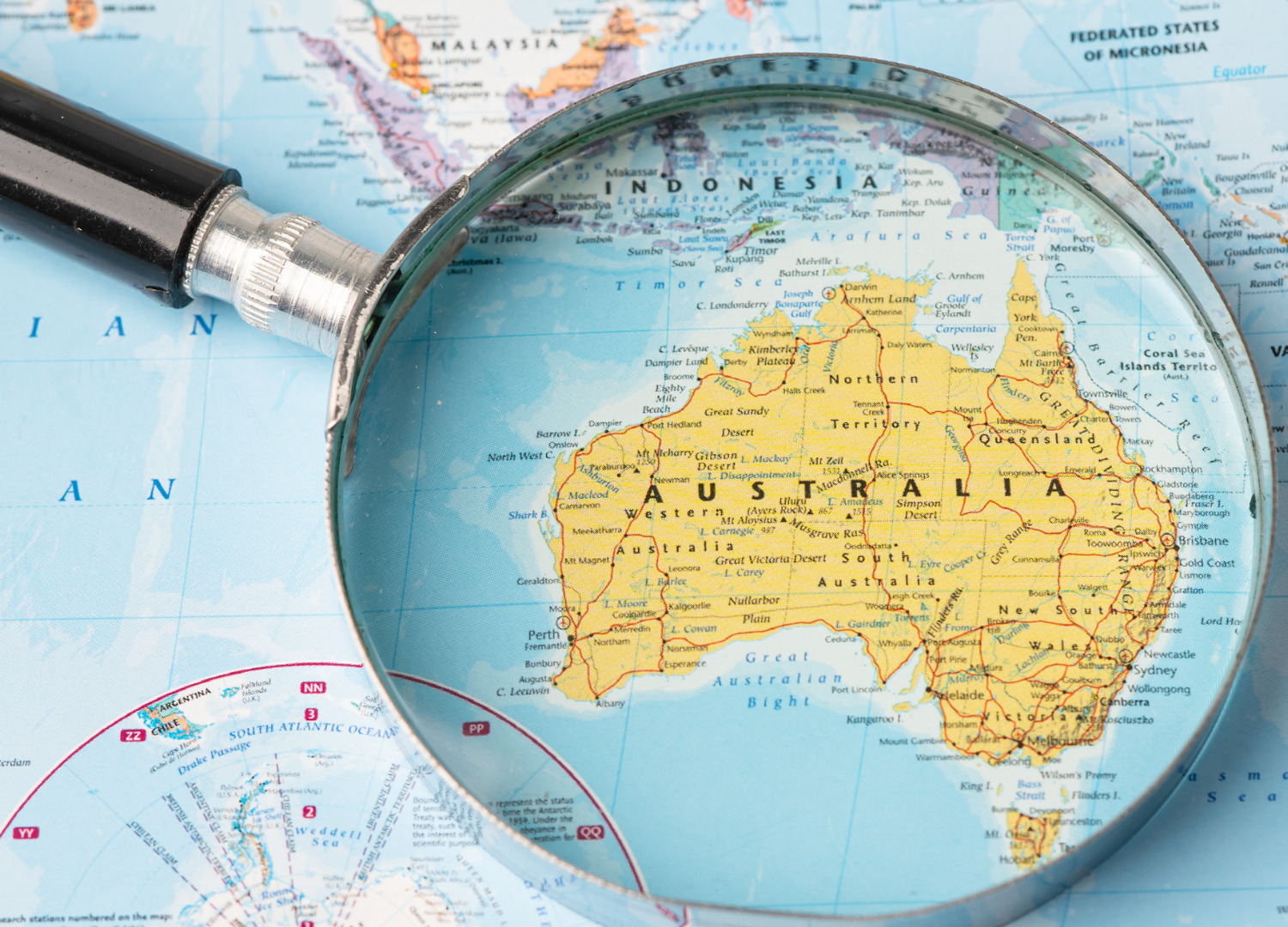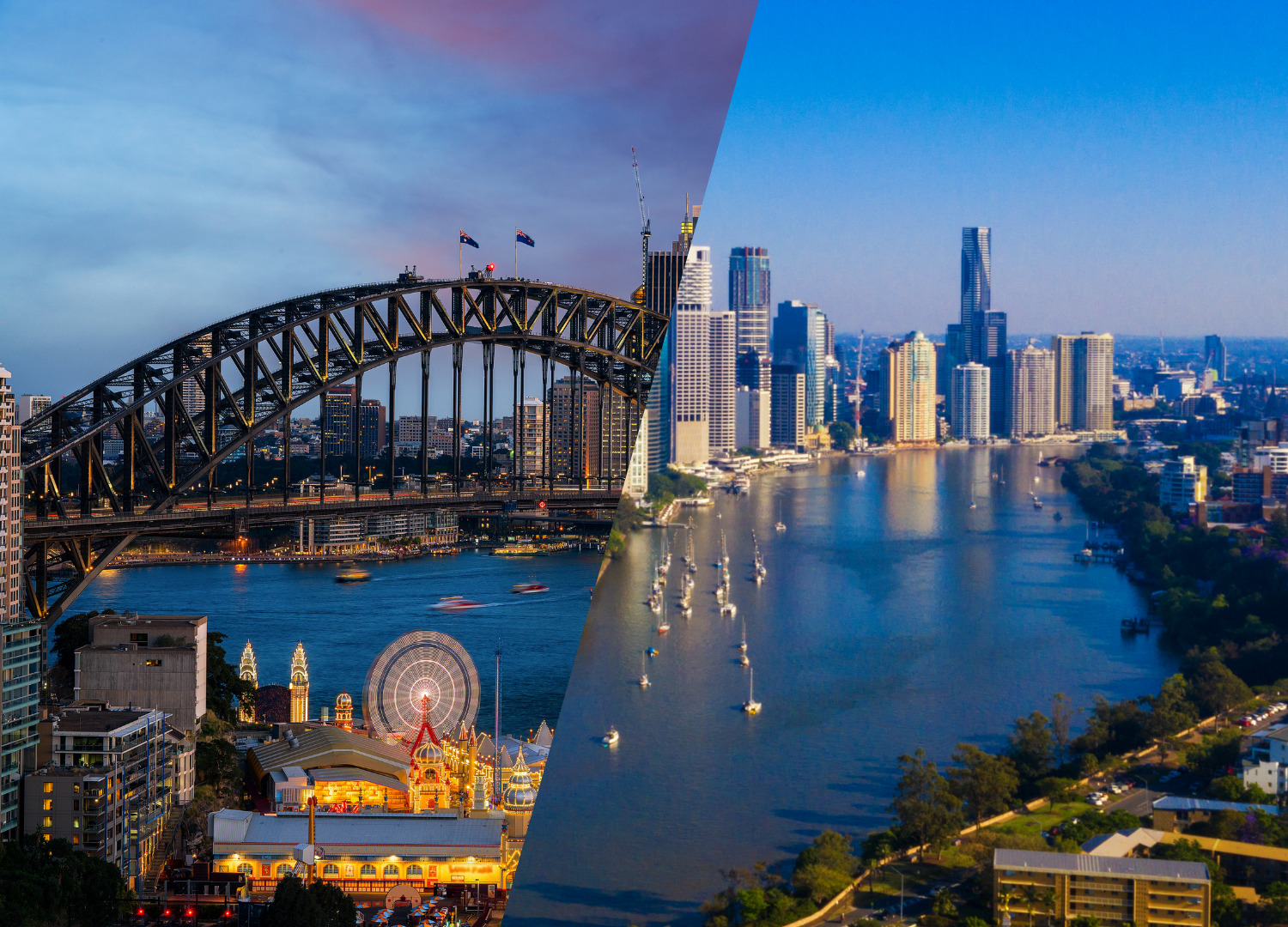Cost of Living Comparison – Sydney vs. Brisbane: What You Need to Know
Australia is a country renowned for its high quality of life, but the cost of living can vary significantly depending on the city you choose to settle in. Two of the most popular cities for both locals and expats are Sydney and Brisbane, which offer diverse lifestyles, opportunities, and costs. If you’re considering relocating to Australia, understanding the differences in living expenses between these two cities is essential for making informed decisions. This article explores the cost of living in Sydney and Brisbane, highlighting key factors such as housing, transportation, and everyday essentials, as well as important Australian legalities to be aware of.
Housing Costs: Sydney vs. Brisbane
When it comes to housing, Sydney stands out as one of the most expensive cities in Australia. The cost of rent and homeownership is significantly higher compared to Brisbane. Sydney’s reputation for high property prices is largely driven by its status as Australia’s financial and cultural hub, with a booming job market and highly sought-after real estate. In contrast, Brisbane offers relatively affordable housing options, making it an attractive alternative for those looking to live in a major Australian city without the hefty price tag.
Sydney
- Rent: The average weekly rent for a one-bedroom apartment in the city centre is approximately AUD 500–AUD 750. If you’re looking outside the central areas, you might pay around AUD 400–AUD 600 per week.
- Home Purchase: The median house price in Sydney is around AUD 1.2 million, and apartments typically range from AUD 700,000 to AUD 900,000 depending on the area.
Brisbane
- Rent: Rent for a one-bedroom apartment in the city centre is approximately AUD 380–AUD 550. Outside the city centre, the rent drops to around AUD 300–AUD 450 per week.
- Home Purchase: The median house price in Brisbane is about AUD 750,000, while apartments can range from AUD 500,000 to AUD 700,000.
This considerable difference in housing costs makes Brisbane an appealing choice for many individuals and families seeking more affordable living while still enjoying the benefits of living in a major urban centre.

Transportation: Cost of Getting Around
Both Sydney and Brisbane have well-developed public transport systems, including trains, buses, and ferries, though transportation costs in Sydney are higher.
Sydney:
-
Public Transport: Sydney continues to utilize the Opal card system, with fares based on distance traveled. Single trip fares within the city typically range from AUD 2.50 to AUD 8.00. The network encompasses trains, buses, and ferries.
-
Car Ownership: Fuel prices in Sydney fluctuate but generally fall between AUD 1.60 and AUD 1.90 per litre. Parking in the central business district (CBD) remains costly, often around AUD 40 to AUD 50 per day.
Brisbane:
-
Public Transport: In August 2024, Queensland introduced a trial reducing public transport fares to a flat rate of 50 cents across all Translink services, including buses, trains, ferries, and trams. This initiative aimed to alleviate cost-of-living pressures and increase public transport usage. The trial proved successful, leading to the decision to make the 50-cent fare permanent in December 2024. As a result, Brisbane’s public transport has become significantly more affordable compared to previous fare structures.dailytelegraph+1The Guardian+1dailytelegraph+2The Australian+2couriermail+2
-
Car Ownership: Fuel prices in Brisbane are slightly lower than in Sydney, averaging around AUD 1.30 to AUD 1.50 per litre. Parking in central areas is more affordable, generally ranging from AUD 15 to AUD 25 per day.
Intercity Travel:
-
Spirit of Queensland: For intercity rail travel, the Spirit of Queensland offers services between Brisbane and Cairns. As of 1 April, 2025, one-way adult fares range from AUD 221.40 for an Economy Seat to AUD 519.00 for a RailBed. Concession fares are available for eligible passengers.queenslandrailtravel.com.auqueenslandrailtravel.com.au+1queenslandrailtravel.com.au+1
In summary, while Sydney’s public transport costs remain relatively high, Brisbane’s recent fare reductions have made its public transport system exceptionally affordable. This development enhances Brisbane’s appeal for residents and expats seeking cost-effective transportation options
Everyday Essentials: Groceries, Utilities, and Dining Out
When it comes to everyday expenses like groceries and dining out, both cities are relatively similar, though Sydney can be slightly more expensive.
Groceries
- Sydney: The cost of basic groceries in Sydney tends to be around 10% higher than in Brisbane. A typical weekly grocery shop for one person could cost between AUD 80 and AUD 120.
- Brisbane: In Brisbane, the same grocery shop would generally cost around AUD 70 to AUD 110, depending on the store and products purchased.
Utilities
- Sydney: Monthly utility bills (electricity, heating, water, and garbage) for a standard 85m2 apartment are around AUD 200–AUD 250.
- Brisbane: In Brisbane, utility costs tend to be slightly lower, with average bills ranging from AUD 150–AUD 220 per month.
Dining Out
- Sydney: A mid-range meal for two in Sydney will typically cost around AUD 80–AUD 120.
- Brisbane: The same meal in Brisbane costs around AUD 60–AUD 100, making it a more affordable option for those who enjoy dining out.
Although the overall daily expenses between the two cities may not differ drastically, Sydney’s higher living costs are reflected in these areas as well.
Australian Legalities to Be Aware Of
When relocating to Australia, understanding the local legal landscape is crucial. Several important legalities should be considered, particularly regarding visas, employment rights, and housing.
Visa Requirements
Depending on your nationality and the purpose of your stay, you may need to apply for a visa. For skilled workers, a work visa such as the 482 Temporary Skill Shortage Visa or the 186 Employer Nomination Scheme Visa might be necessary. If you plan to bring family members, you’ll need to ensure you meet the eligibility criteria and understand the visa application process.
Employment Laws
Both Sydney and Brisbane are governed by Australian employment laws, which protect workers’ rights, including entitlements to annual leave, sick leave, and superannuation. It is crucial to be aware of these laws if you’re planning to work in either city, as businesses are required to comply with national workplace regulations. If you’re an employer, it’s essential to ensure that contracts and agreements are legally compliant.
Rental Laws
Each state in Australia has its own regulations regarding tenancy agreements, including rental contracts, tenant rights, and the process for dispute resolution. It’s important to familiarise yourself with Queensland’s residential tenancy laws if you’re planning to rent in Brisbane or New South Wales laws if you’re moving to Sydney.
Conclusion
When comparing the cost of living between Sydney and Brisbane, it’s clear that Brisbane offers a more affordable lifestyle, especially in terms of housing and transportation costs. While Sydney boasts a wealth of opportunities and a vibrant culture, Brisbane provides a more budget-friendly option without compromising on the quality of life.
If you’re considering relocating to either of these cities, it’s important to understand the legal requirements and responsibilities associated with your move. Whether it’s visa applications, employment laws, or tenancy agreements, consulting with legal experts can help you navigate these complexities.
If you’re thinking about making a move to Sydney or Brisbane, or need advice on visas, work rights, or any legal matters associated with your relocation, book a complimentary consultation with our expert team at NB Migration Law. Our experienced lawyers are here to assist you every step of the way. Reach out today to start your journey!

